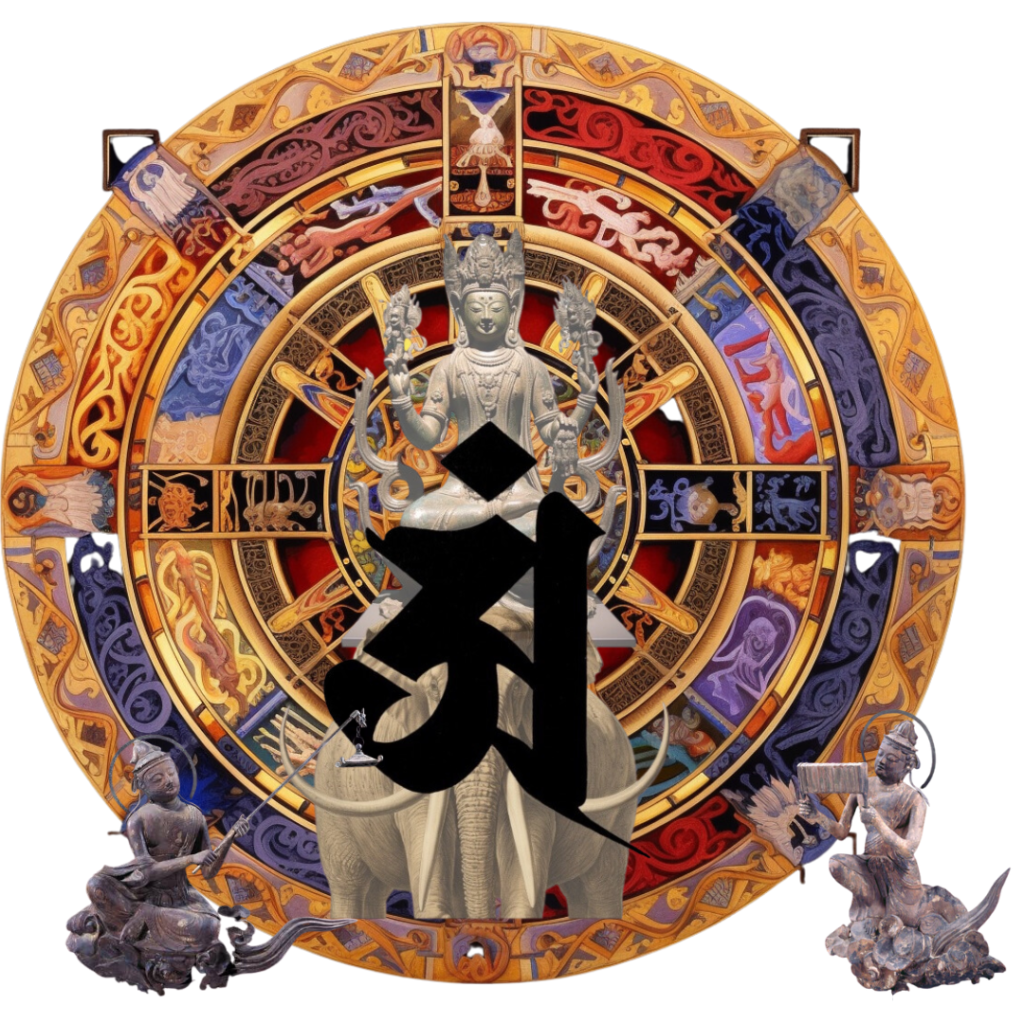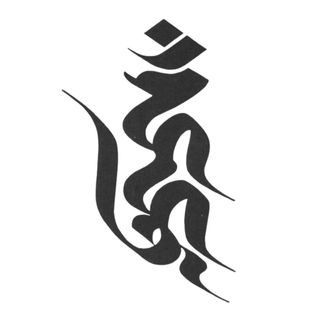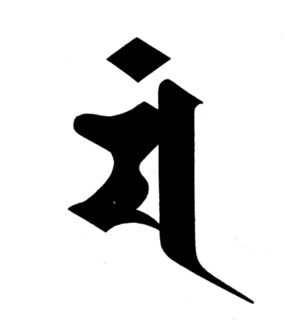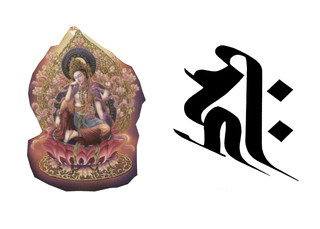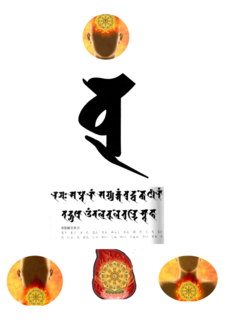その形が鴬のような形をしているところから、このように名づけられました。
朴筆を下側からもっていく逆筆書きにはじまります。まず左上方向に細い線を入れ、そのままの角度で右回しに小さく半転させて頭の部分を書き、次に右下の方へ運筆して胸を書きます。そのまま右斜めにずらしながら一番細い線で終わるようにして尾の部分ます。
鴬点画は、朴書体梵字の代表的な運筆法で基本となる書き方ですから、。二つの部分がきれいに書けるように練習を重ねてください
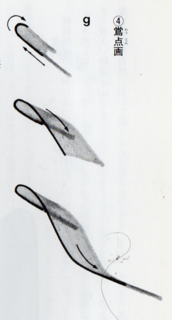
⑤点 画
梵字の点は、位置があって面積がない「点」ではなく、筆を運ぶ距離が他の線画に比して短いというだけです。それだけに慎重な書き方が大切です。㈲は左下から右トヘ、筆幅の
長さだけ朴筆を運びます。上下、左右が対称のきれいな菱形になればよいでしょう。
旧は小さくカーブして書きます。
ア点から始まり、筆をぬかずに書いていきます。
尖頭形、剛煙頭形の横線両につながる縦、斜めの画を書くとき、朴筆の幅の生かし方を夫
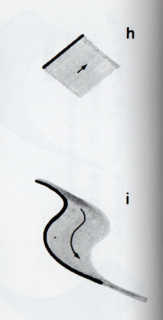
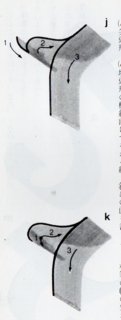
④ Warbler stroke
It was named like this because its shape is like a warbler.
Beginning with reverse brush writing, which brings the park brush from the bottom. First, draw a thin line in the upper left direction, turn it clockwise at the same angle and make a small half turn to write the head part, and then move it to the lower right to write the chest. Continue to shift diagonally to the right and end with the thinnest line at the tail.
Because the Tsumugi stroke is the basic writing method in the typical stroke method of the Park typeface. Please practice so that you can write the two parts neatly.
⑤ Point drawing
The point of the Sanskrit character is not a "point" that has a position and no area, but only that the distance that the brush is carried is shorter than other line arts. Therefore, careful writing is important. ㈲ is from the lower left to the right, the brush width
I carry a simple brush for the length. It would be nice to have a beautiful rhombus that is symmetrical up and down and left and right.
The old one is written with a small curve.
Starting from point A, I will write without brushing.
When writing vertical and diagonal drawings that connect to both the pointed and rigid horizontal lines, my husband uses the width of the Park brush.
【このカテゴリーの最新記事】
-
no image


